WASHINGTON (Army News Service, May 10, 2011) -- On average, Arlington National Cemetery receives 5,000 calls a month, ranging from basic information to scheduling funerals.
A year ago, the cemetery staff tried to answer these calls, and an estimated two thirds or more went to voice mail or were never answered. Now in partnership with the Army's Information Technology Agency, the Consolidated Customer Service Center at Fort Detrick, Md., answers these calls.
The CCSC tracks calls using a case management system and resolves 60 to 65 percent of the queries without even needing to involve the cemetery staff.
"The goal we looked at was becoming an extension of Arlington National Cemetery, because any customer service center provides that face to the customer, so we are Arlington National Cemetery when the callers call," said Deb Bouslog, CCSC director.
One of the major problems identified following the Department of the Army Inspector General's investigation last summer was the phone call volume that Arlington National Cemetery, or ANC, receives.
The system was somewhat antiquated. Callers would call into a center, if no one was able to take the phone call, it would roll over to voice mail. Then it was up to the operator, who was dual and sometimes triple-hatted with responsibilities, to go back, answer those voice mails, take the notes and return the call.
At times when there were a lot of burials and services going on at Arlington, sometimes that could take days or weeks. After awhile there was not even assurance that every call was being answered.
As the two organizations discussed how they could assist with Arlington National Cemetery's call volume, Bouslog told Information Technology Agency, or ITA, Executive Director Donald Adcock that she believed that is what they do for a living. She wondered if the call center technology where they understand what the common questions are and what the standard answers are could provide the first level of support, which then could be applied to Arlington National Cemetery.
"It was pretty phenomenal, because it didn't take them long to determine that was the actual answer," Adcock said.
Bouslog said developing and implementing the call center support for Arlington National Cemetery was somewhat of a departure for the CCSC because they are primarily an information technology support call center.
Typically the CCSC deals with calls when a user has a computer issue at their office or cubicle, such as email, printer error or a general computer malfunction, and provides the first level of troubleshooting. If it can't be resolved through the call center, it's elevated to a technician.
Arlington National Cemetery receives numerous calls from the general public that are related to basic questions about the cemetery, ranging from directions to the cemetery to how to schedule a funeral, so the center followed the help desk concept for Arlington National Cemetery, but instead, were dealing with people not computers.
"There are a lot of questions we can answer and provide that initial reply to so that they do not have to go to the staff at Arlington, so they can be reserved for more involved questions," Bouslog said. "I feel that it is a real testament to our team here that we came up with a solution that was really tailored for the needs for Arlington National Cemetery."
When the ITA looked at the staffing needs, Bouslog said she knew that the people were going to be the most important part, so they looked for staff with the appropriate backgrounds. On the staff is a former 911 operator, a grief counselor, a former nurse and a psychologist.
"We looked at the background with the understanding that was going to be one of the things that was going to be very important in taking this mission on," She said. "As an extension of Arlington National cemetery, I think it's very important for them to display that compassion."
Cheryl Lynch, call center agent, said one of her first calls when she started in December was a 94-year-old woman who had never visited her husband's grave at Arlington. The woman felt that this was her last Christmas, and she wanted someone to put flowers on her husband's grave.
"I was able to find her next of kin and give them a call and ask them to please take flowers to the gravesite," Lynch said. "They did and took a picture and sent it to her. I found out she passed in February, so it felt good to be able to help take care of one of her last wishes."
After finding the right staff, the CCSC focused on developing the processes to provide customer service to callers. The team participated in training at Arlington National Cemetery.
They attended standard and full-honors funeral ceremonies at Arlington to gain a better understanding of the end result of the support they would provide. They met with the cemetery staff and learned the site terms when dealing with a cemetery that wouldn't normally be in someone's vocabulary.
The call center uses the cemetery's website to provide information, but also developed a knowledge base that agents can refer to when there are specific questions not covered by the website. The agents can also see the funeral schedule and provide times and locations. Each case that is opened up is given an identification number, so it can be tracked and referenced for follow up.
The automated number system guides callers through a series of menus for basic information about the cemetery and about scheduling a funeral. Callers have the option to speak with an operator at any time during the call if they have additional questions. The call distribution system records all of the information about the call: the time when it arrived, when it was answered, if the caller hung up before the call was answered and how long the caller was on the phone.
It is harder to gauge the response and solicit input from the general public when providing customer service, but the center has received positive feedback from their customers through email and phone calls, Bouslog said.
Lynch said she had a caller who told her that the interaction with the call center was excellent, because he knew he would be taken care of right away and that his information wasn't going to be lost in the system somewhere, because the assigned case ID number could be easily tracked.
"The best thing about this position is the knowledge that at the end of the day you have helped someone, whether it be a grave location or directions for a family that may be coming in for a service and grieving that you have taken a little of the burden off of them," Lynch said.
Related Links:
IG reports prompt management changes at Arlington National Cemetery
New procedures to counter problems at Arlington National Cemetery
Arlington leadership moving forward in fixing problems at Arlington National Cemetery
Arlington Cemetery officials tell lawmakers wrongs will be righted
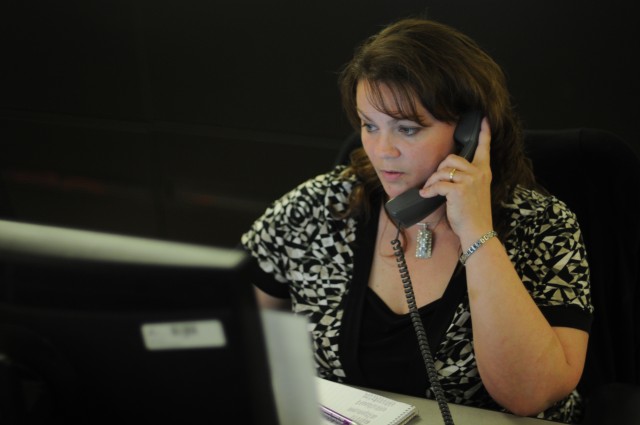
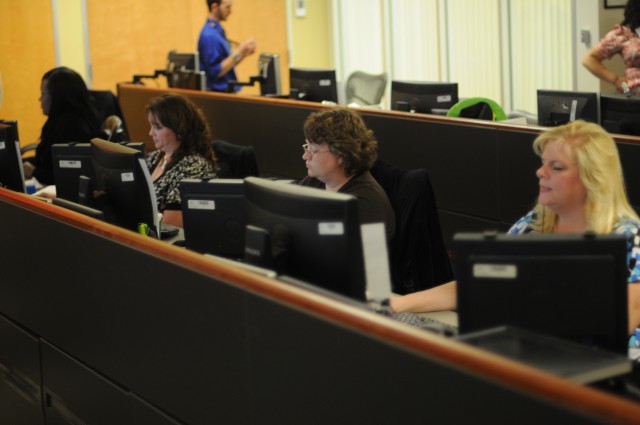

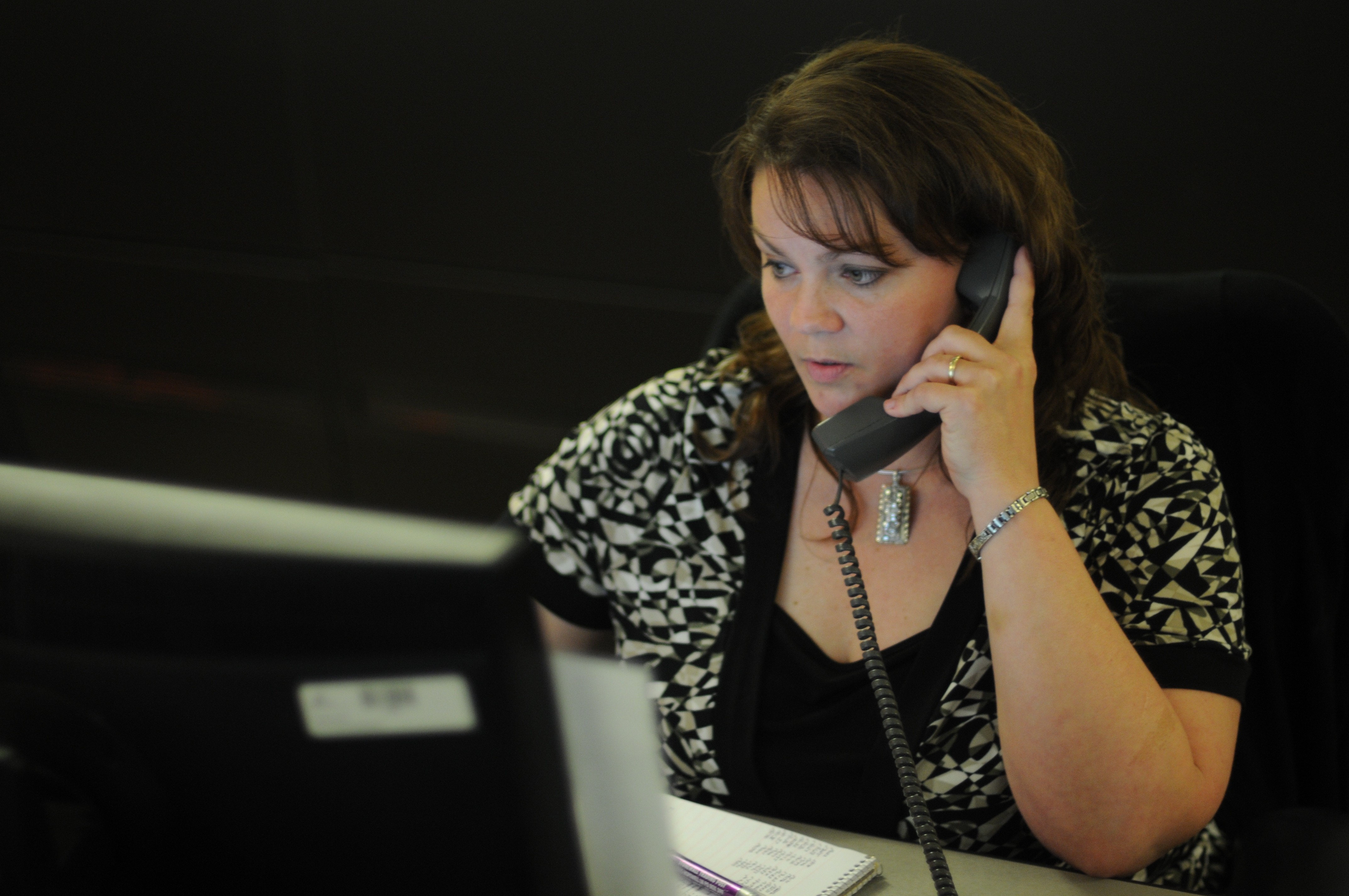
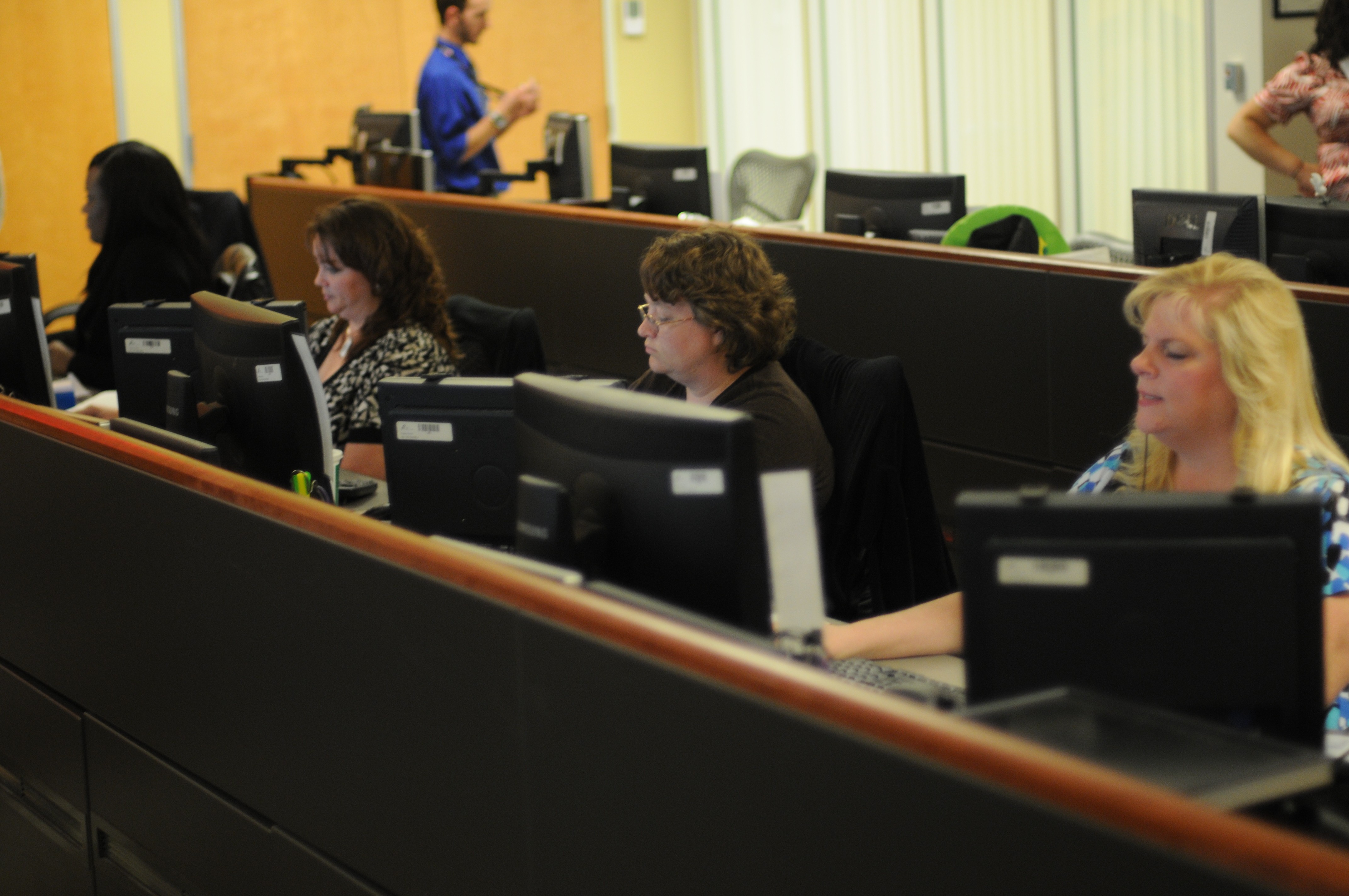
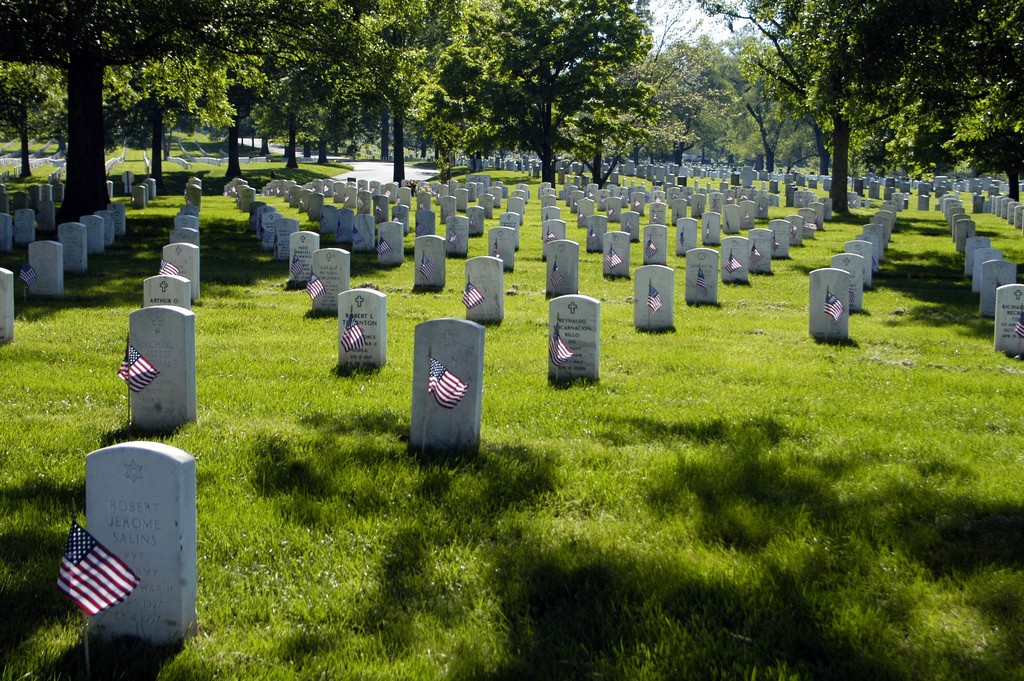
Social Sharing